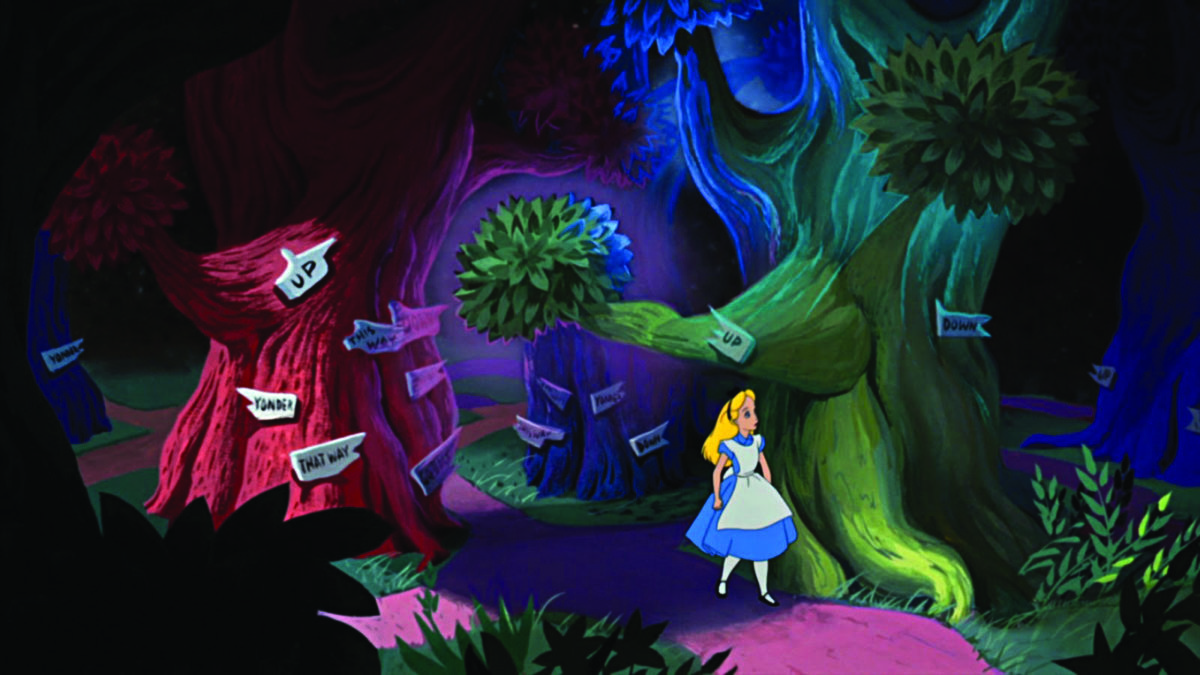While newer institutions are trying to re-purpose liberal arts education for the wired world, two veteran St. Thomas University professors don’t think alternative approaches would be a good fit for here.
Both Patrick Malcolmson and Sylvia Hale said close relationships between professors and students who see each other every day is something that already separates STU from larger universities.
“It’s about knowing who you are and what it is you do. If you start chasing all of the things that come along you can lose your identity,” said Malcolmson, a political science professor who served as vice-president of academics and as an assistant vice-president in his 24 years with the school. “Then you’re just one of a thousand fish in the sea.”
The Association of Atlantic Universities recently reported STU has 144 fewer students than last year, for a total of 2,070 students enrolled. Worried by the waning interest in the liberal arts, the university hired new administrators to bolster recruitment efforts and student services this year.
“We’re in a marketplace that is more competitive than it’s ever been,” Malcolmson said.
He added almost all schools are spending more money on recruiters, advertisement, web sites and communications departments.
“You have no choice. The people that you’re up against are doing all those things, too.”
Still, some liberal arts schools are making names for themselves by being fundamentally different.
San Fransisco’s Minerva Project opened this September with a stripped-down campus that replaces classrooms with an online video platform. It offers no lecture-based classes, instead focusing on facilitating debate around issues through multidisciplinary courses.
Robin Goldberg, chief experience officer at Minerva, said their methods are best suited for teaching students to think and learn for themselves.
“We’re looking at, ‘can you truly teach critical thinking?’ We believe there are habits of mind that can happen automatically when you see things, and you can get better at them.”
Privately funded Minerva’s tuition is relatively low (by U.S. standards) at $10,000. The school has been promoted by the media as a possible saviour to a vulnerable post-secondary education system.
On this side of the border, Quest University in Squamish, B.C. has seen its enrolment grow from 74 to 700 students in its seven years of operation. The sole degree it offers, a bachelor of arts and sciences, is studied one month-long course at a time.
Quest president David Helfand said this allows for deeper conversation and larger projects.
“As a professor… if you want to give them a big assignment you don’t have to worry if they’re competing with their English paper or their psychology experiment, because they don’t have anything else.”
Sociology professor Sylvia Hale has taught generations of students since arriving at STU since 1975. She said the Quest approach looks a lot like summer school, which isn’t a good fit for many students.
“You go in there and you take it three hours a day, five days a week. You get it done quickly,” she said. “When you’ve got five courses over a semester, you have time to think about it and apply it.”
Malcolmson agrees. He doesn’t see these alternative schools as a natural direction for St. Thomas.
“There are other institutions that specialize in this. What we specialize in is high quality professors.”
Even Quest’s Helfand believes there is a place for liberal arts in the modern world, even when taught in the traditional way.
“Places that have had very rigid non-liberal arts education are all looking to import the liberal arts model,” he said. “Whereas in North America we’re trending away from this, towards the work-force based model.”
According to the U.S. Department of Labor, 65 per cent of grade school children will end up at a job that hasn’t been invented yet. Yet, Canadian businesses spend less money on training than most other industrialized countries, offloading the responsibility to students and universities.
“It’s pushing [enrolment] up, so you get a certain proportion of students who come to university not because they want to be there, but because they think they have to,” said Hale.
Hale suggests government should put more of its money into funding students.
“A generation ago, attending university was itself considered a full-time job,” she said. “With adequate government funding, students did nothing else but university studies.”
And while universities and faculty unions are often in conflict about how to keep humanities enrolment up, Malcolmson said there aren’t a lot of options in a competitive marketplace where all schools are spending more money on recruiters, advertisement, web sites and communications departments.
“You have no choice. The people that you’re up against are doing all those things too.”

